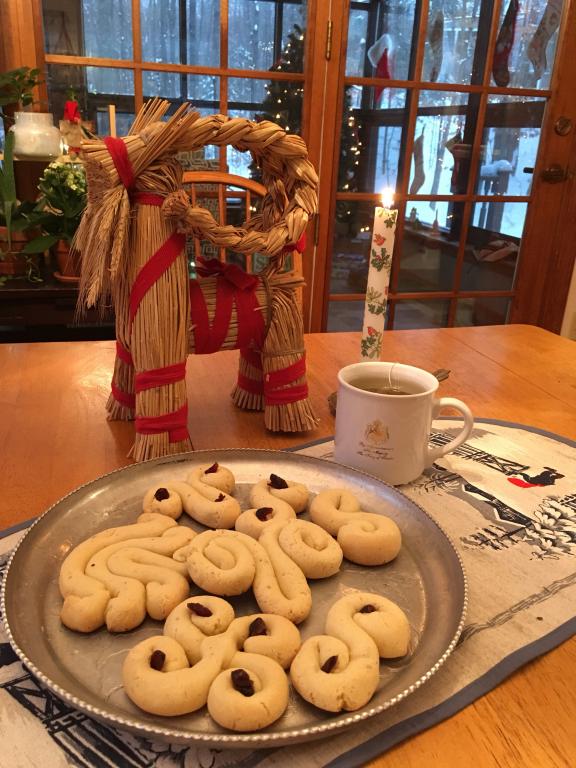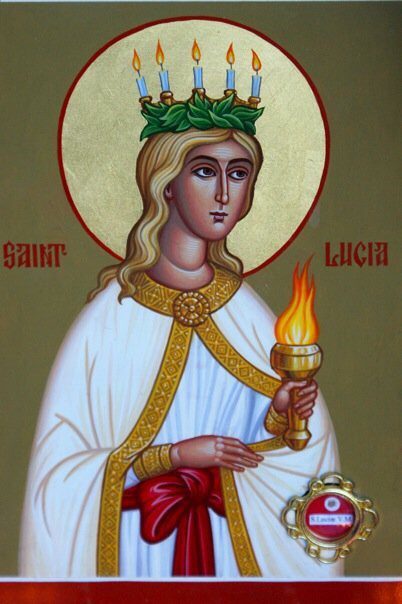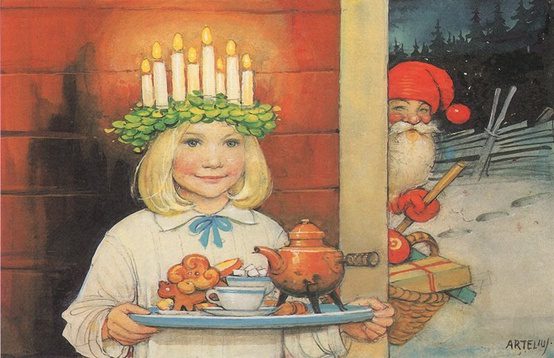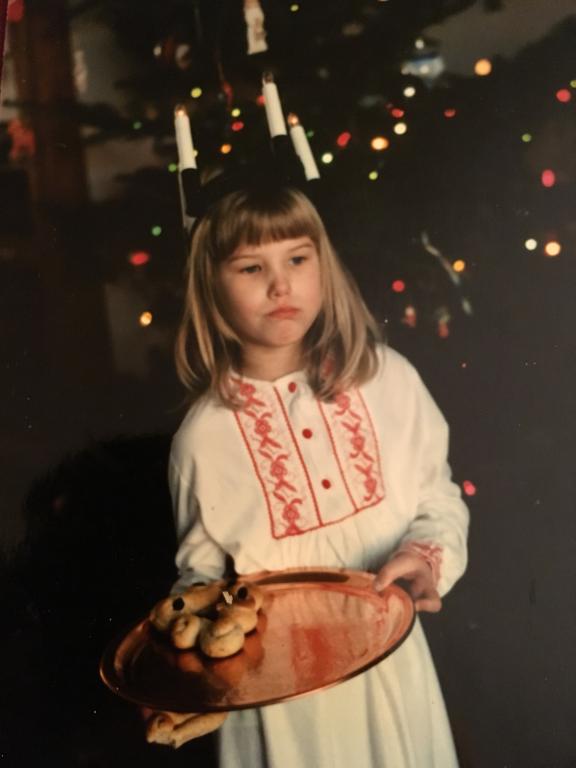- Joined
- Dec 3, 2017
- Messages
- 19,635
https://en.wikipedia.org/wiki/Chris... to his family,their Christmas tree each year.
The house I'm staying in has a glass pickle on their Christmas tree. Does anyone else have a glass pickle on their tree?

In the tradition, an ornamental pickle is placed on a Christmas tree as one of the Christmas decorations. On Christmas morning, the first person to find the pickle on the tree would receive an extra present from Santa Claus or would be said to have a year of good fortune.[1]
Berrien Springs, Michigan, which billed itself as the Christmas pickle capital of the world,[2] held a pickle parade from 1992 until about 2003.[3]
Origins[edit]
This tradition is commonly believed by Americans to come from Germany and be referred to as a Weihnachtsgurke,[4][5] but this is probably apocryphal.[6][4][1] It has been suggested that the origin of the Christmas pickle may have been developed for marketing purposes in the 1890s to coincide with the importation of glass Christmas tree decorations from Germany. Woolworths was the first company to import these types of decorations into the United States in 1890,[4] and glass blown decorative vegetables were imported from France from 1892 onwards.[7] Despite the evidence showing that the tradition did not originate in Germany, the concept of Christmas pickles has since been imported from the United States and they are now on sale in the country traditionally associated with it.[4]
One suggested origin has been that the tradition came from Camp Sumter during the American Civil War. The Bavarian-born Private John C. Lower had enlisted in the 103rd Pennsylvania Infantry, but was captured in April 1864 and taken to the prison camp. As the story is told, on Christmas Eve he begged a guard for a pickle while starving. The guard provided the pickle, which Lower later credited for saving his life. (more)
The house I'm staying in has a glass pickle on their Christmas tree. Does anyone else have a glass pickle on their tree?

In the tradition, an ornamental pickle is placed on a Christmas tree as one of the Christmas decorations. On Christmas morning, the first person to find the pickle on the tree would receive an extra present from Santa Claus or would be said to have a year of good fortune.[1]
Berrien Springs, Michigan, which billed itself as the Christmas pickle capital of the world,[2] held a pickle parade from 1992 until about 2003.[3]
Origins[edit]
This tradition is commonly believed by Americans to come from Germany and be referred to as a Weihnachtsgurke,[4][5] but this is probably apocryphal.[6][4][1] It has been suggested that the origin of the Christmas pickle may have been developed for marketing purposes in the 1890s to coincide with the importation of glass Christmas tree decorations from Germany. Woolworths was the first company to import these types of decorations into the United States in 1890,[4] and glass blown decorative vegetables were imported from France from 1892 onwards.[7] Despite the evidence showing that the tradition did not originate in Germany, the concept of Christmas pickles has since been imported from the United States and they are now on sale in the country traditionally associated with it.[4]
One suggested origin has been that the tradition came from Camp Sumter during the American Civil War. The Bavarian-born Private John C. Lower had enlisted in the 103rd Pennsylvania Infantry, but was captured in April 1864 and taken to the prison camp. As the story is told, on Christmas Eve he begged a guard for a pickle while starving. The guard provided the pickle, which Lower later credited for saving his life. (more)






